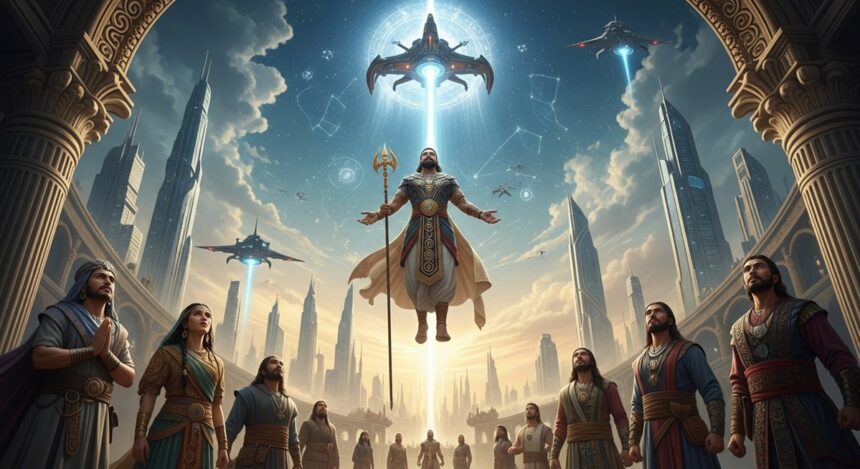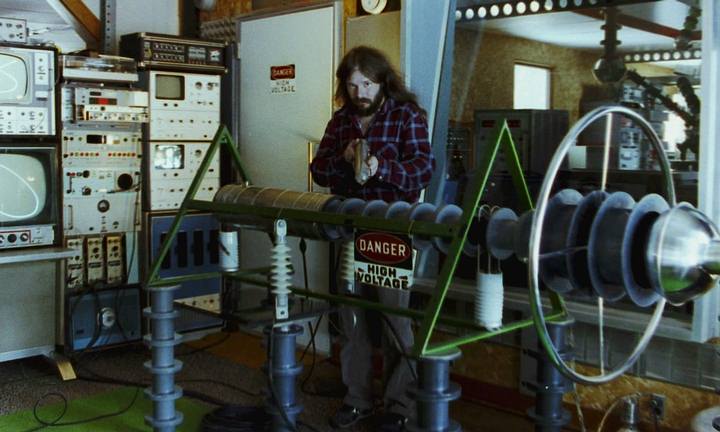The idea of ancient gods returning to Earth has captivated human imagination for centuries. In the vast tapestry of mythology, few concepts stir as much intrigue as the prophecies surrounding the Aryan gods—deities from Indo-Iranian traditions who once shaped civilizations and now, according to some interpretations, might be poised for a dramatic comeback.
As we edge closer to 2044, whispers from ancient texts and modern visionaries suggest a pivotal moment: the unification of three great families under a supreme leader who will descend from the skies. But is this rooted in verifiable history, or is it a blend of myth, astrology, and wishful thinking?
Ancient Indian Texts: Clues to a Cosmic Cycle
Ancient Indian literature is a treasure trove of events that blur the line between history and prophecy. The Vedas, Puranas, and epics like the Mahabharata often describe divine interventions, but dating these narratives is notoriously tricky. Scholars debate whether they recount past glories or hint at future upheavals. Some Indian researchers point to passages suggesting gods who departed millennia ago could return around mid-century, sparking debates about a new era.
The Battle of Kurukshetra and the 3044-Year Prophecy
At the heart of this speculation lies the Battle of Kurukshetra, a cataclysmic war depicted in the Mahabharata. Traditionally dated to around 1000 BCE by some estimates—though others push it back to 3102 BCE based on astronomical alignments—this conflict marked the transition into Kali Yuga, the age of strife and moral decline. Ancient texts allegedly state: “It will take 3044 years when the gods will return for another round of domination.” Adding that to a 1000 BCE timeline lands us squarely in 2044.
Central Asia emerges as a key hub in these visions, becoming a center for decision-making and the birthplace of a new civilization. “Three lords will arrive, worshipping one,” the narratives claim. One heads north, another west, and the third stays in India, paving the way for a supreme god to unite three great families. Wars may erupt from resistance, but the gods’ power will prevail, sweeping away foes. This isn’t just poetry; it’s a blueprint for renewal, echoing the Mahabharata’s themes of dharma restoration.
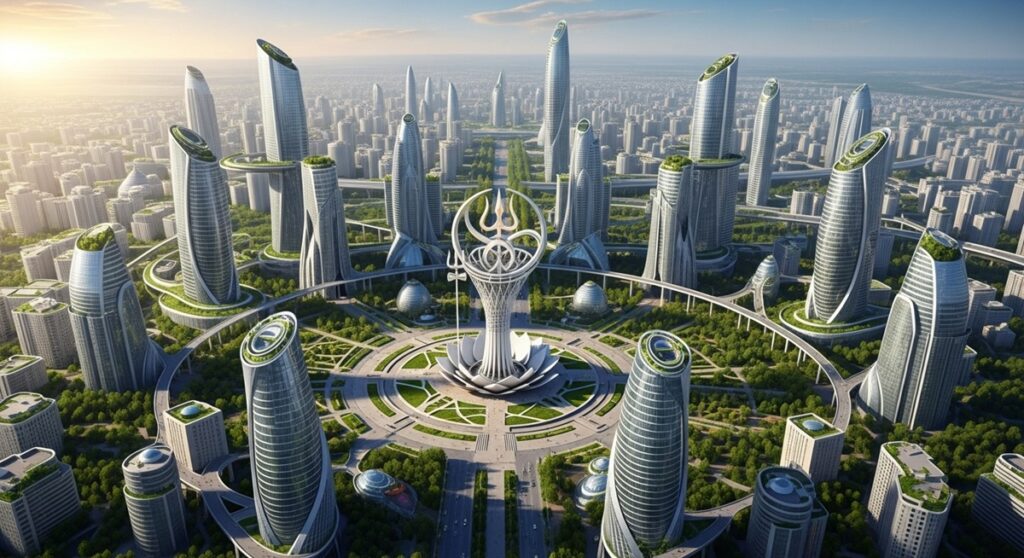
Yet, traditional Hindu cosmology places Kali Yuga’s end far in the future—around 428,899 CE, with over 426,000 years remaining. The yuga cycle spans 432,000 years, and prophecies like those in the Vishnu Purana describe a gradual decay before Kalki, Vishnu’s final avatar, arrives on a white horse to purge evil and restart the golden Satya Yuga. No ancient source explicitly ties this to 2044, but modern interpreters link astrological shifts and geopolitical tensions to an accelerated timeline.
Prophecies of Divine Return in the Puranas and Vedas
The Bhavishya Purana, meaning “Future Purana,” stands out for its purported predictions. Authored by Vyasa, it’s one of 18 major Puranas and contains forecasts of social changes, droughts, and evil rulers—echoing Kali Yuga’s woes. Some sections describe a savior figure akin to Kalki, who will restore order. Vedic prophecies, as explored by scholars like Stephen Knapp, warn of deteriorating conditions but offer hope through spiritual revival.
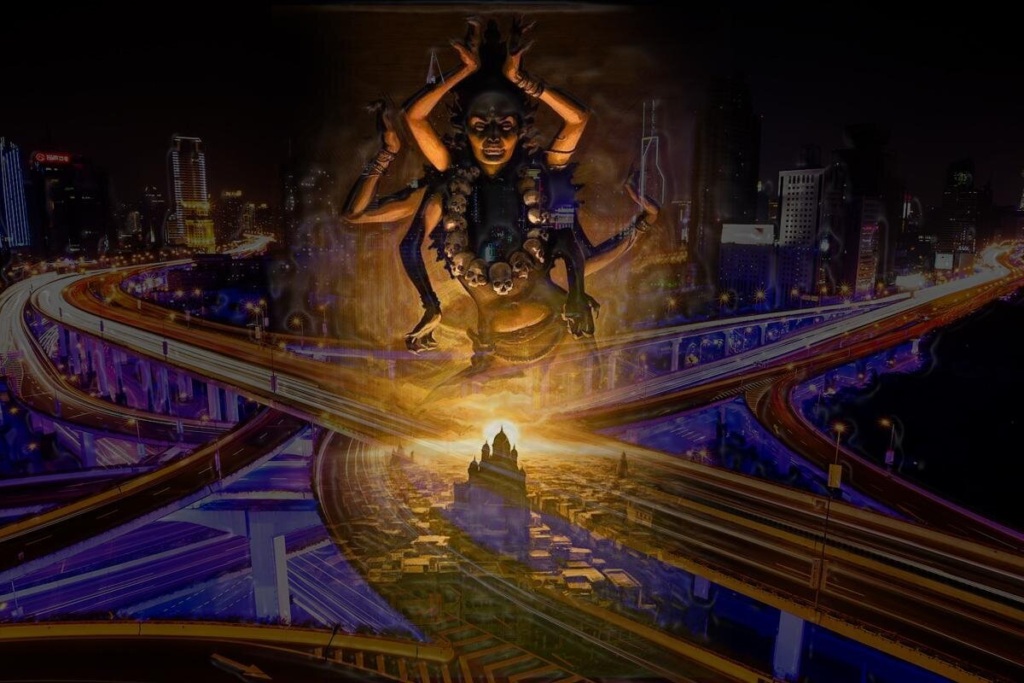
In the Bhagavad Gita, part of the Mahabharata, Krishna promises to return whenever dharma falters: “Whenever there is a decline in righteousness and an upsurge in unrighteousness, O Arjuna, at that time I manifest myself on earth.” This cyclical view fuels speculation about 2044 as a turning point, where gods reincarnate to guide humanity.
Iranian Myths: Echoes of a Golden Age and Ancestral Return
While Indian texts dominate the conversation, Iranian traditions offer parallel visions of renewal. The Avesta, Zoroastrianism’s sacred scripture, speaks of a golden age where prosperity reigns for Iran and neighboring lands. Ancestors at the roots of civilization are said to return, influencing a new era.
The Promise of Saoshyant and World Renewal
Central to Zoroastrian eschatology is Saoshyant, a future savior born of a virgin, who will defeat evil and usher in Frashokereti—the “making wonderful” of the world. This involves resurrecting the dead, final judgment, and a molten metal purification, leading to eternal bliss under Ahura Mazda. Though no exact mid-21st-century date is given, texts indicate it occurs in the “middle of the 21st century” in some interpretations, aligning with broader Indo-Iranian themes.
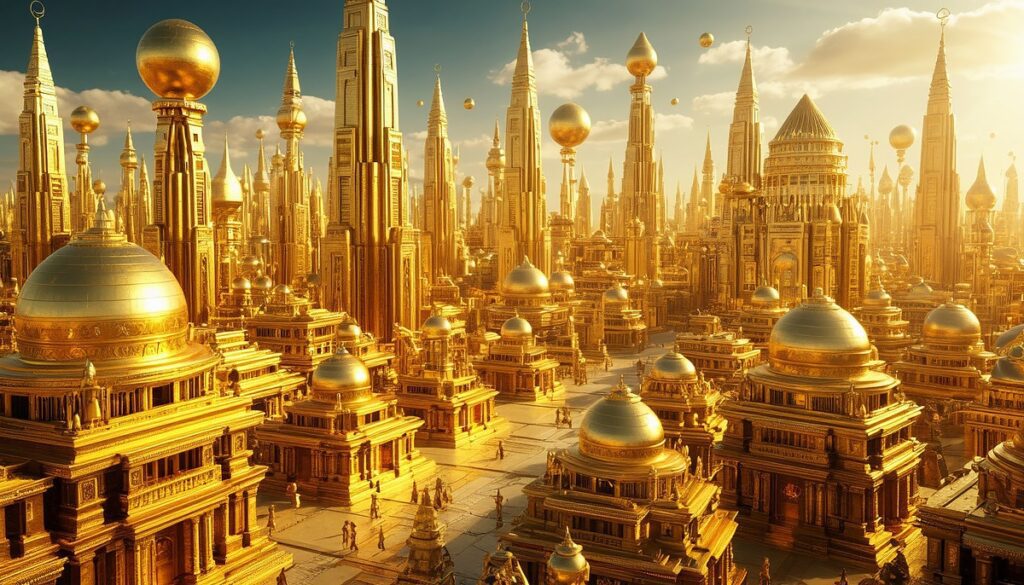
Iranian people, as one of the three great families, are positioned as a western center of governance in this new civilization. Myths describe ancestors returning to restore harmony, blending with Indian ideas of divine cycles. The Yashts, part of the Avesta, detail enmities and alliances reminiscent of cosmic battles, hinting at a unified front against chaos.
Blending Indo-Iranian Legacies
The shared Aryan roots—linguistic and cultural—between India and Iran amplify these prophecies. The term “Aryan” originally denoted Indo-Iranian peoples, with gods like Indra and Ahura Mazda reflecting common origins. A mid-century return could symbolize reuniting these families, forming a supranational union in Central Asia, as hinted in user-provided narratives.
Astrological Forecasts and Contactee Visions for 2044
Astrology adds another layer, with forecasts pointing to 2044 as a year of geopolitical restructuring. From Soviet-era predictions (reinterpreted here without specific regional ties) to modern charts, stars suggest a dramatic shift.
Geopolitical Shifts and the Stars
Pluto’s transit into Aquarius (2023-2044) signals global leadership changes, per astrologers, with alliances forming and old systems crumbling. Uranus and Neptune alignments hint at innovation and spiritual awakening, potentially aligning with a “return” of ancient wisdom. No direct 2044 prophecy exists in mainstream astrology, but cycles like those in the Surya Siddhanta echo yuga transitions.
Contactee Revelations from 2005
In 2005, a contactee claimed communications with Aryan representatives from constellations like the Little Dipper, Orion, and Big Dipper. They described preparations for a return to Midgard (Earth) since the millennium’s start: waves affecting Iran and India first, then Central Asia forming a stronghold. This union, lasting a thousand years, would end technocracy, awaken dormant genes, and introduce techno-magic—blending science and mysticism.
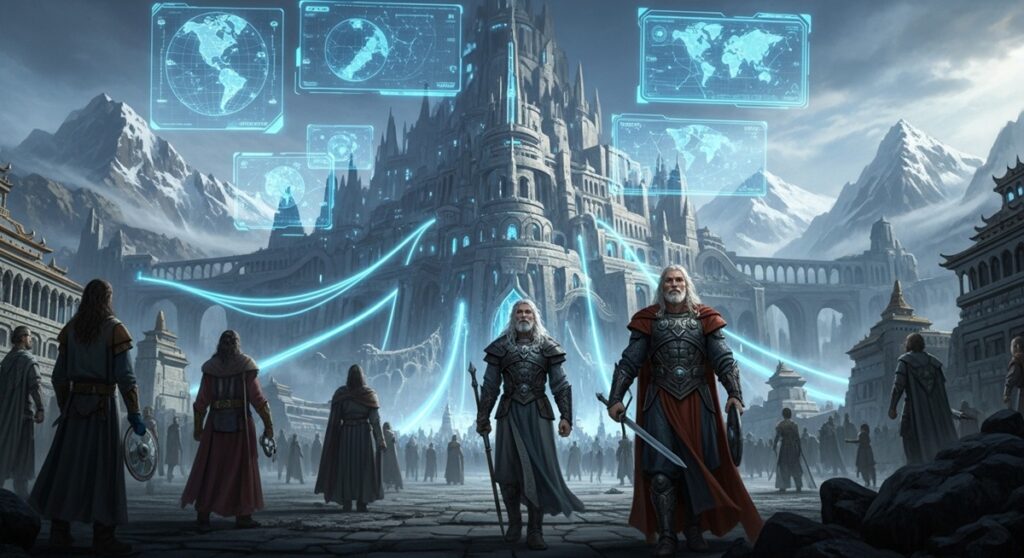
The three great families would unite under this banner, creating a technomagical society where disciplines merge into one. Skeptics dismiss this as UFO lore, but it mirrors ancient astronaut theories, where gods were extraterrestrial visitors.
The End of Kali Yuga: Our Civilization Vanishing?
Kali Yuga’s end is prophesied in the Mahabharata as a battle on the same field, signaling transition. Since 2000, events like energy shifts and the “destruction” of religious egregores suggest prayers go unheard, per esoteric views. Humanity’s impasse—slavery under democracy, control by alien-like entities feeding on negative energy—demands dismantling.
Photons and atoms have changed since 2011, hinting at physical transformations. A new society of creative beings, free from negativity, awaits. This aligns with user insights: a point of no return passed, leading to fundamental change.
Star Wars and Ancient Myths: Uncanny Similarities
George Lucas drew from ancient myths, including Arab and Indian legends. The Vaimanika Shastra, detailing vimanas (flying machines), describes pyramid-shaped, round, and disc vessels—echoing Star Wars ships. Demigods wield energy weapons like bows shooting arrows or luminous swords, akin to lightsabers.

Arabic myths speak of flying discs for inter-world travel, with heroes using miniature blades turning into energy swords. The Mahabharata’s cosmic battles and billions of civilizations mirror Star Wars’ universe. Oppenheimer’s Gita quote—”Now I am become Death, the destroyer of worlds”—post-nuclear test, underscores how ancient wisdom inspires modern narratives.
A contactee once claimed aliens recognized Star Wars as a universal story, suggesting myths encode real history.
Skepticism: Lessons from Past Hysteria
We’re skeptical of dates like 2044, recalling 2012’s Maya frenzy or 2025 war predictions. Indirect reasons point here, but they exist for any year. Many will live to see if unification happens. Treat it as speculation—entertaining, but grounded in cultural revival rather than literal descent.
In conclusion, whether Aryan gods return in 2044 or not, these myths remind us of our shared heritage and potential for renewal. Let’s wait and see, embracing the wisdom of the past.







